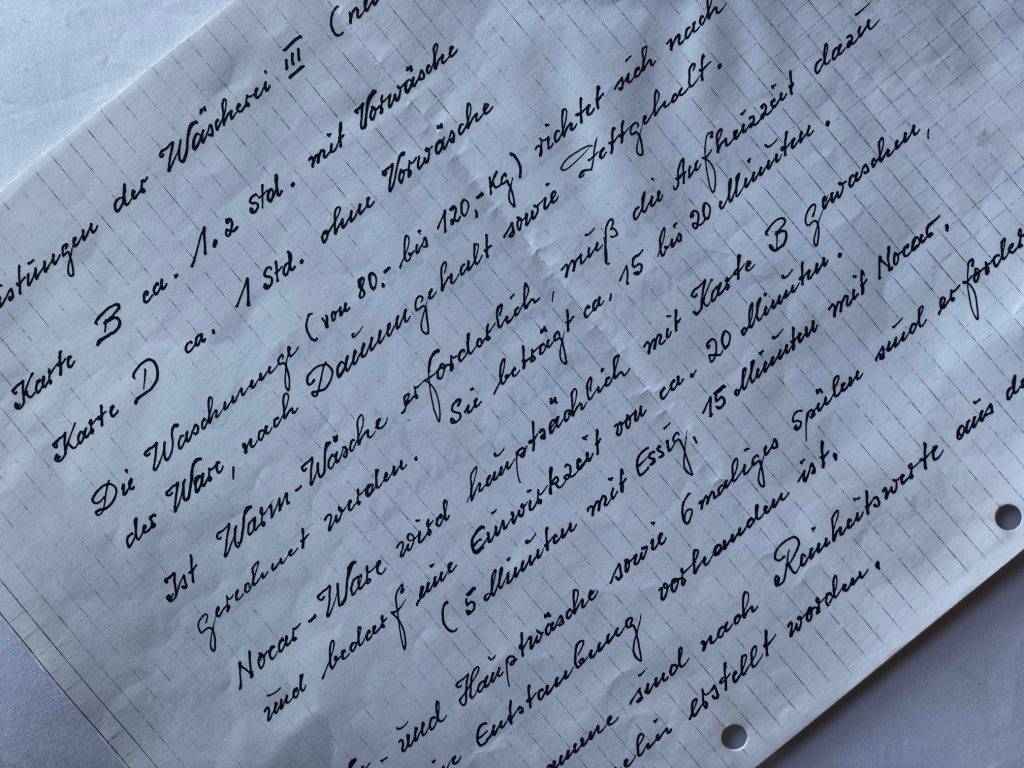Down and feathers are little miracles of nature that bring warmth to our lives. Down is highly elastic and, to some degree, can trap significantly more air than feathers with its three-dimensional structure.
This property is advantageous when it comes to heat insulation and is also called loft or fill power, which is expressed in cuin, an international standard measuring unit.
It goes without saying that we do not use down or feathers plucked from live animals in our products!
What is down?
A single down feather looks like a delicate snowflake. It is a three-dimensional form. Silky soft barbules radiate from the barely visible core with extremely fine branches that trap a lot of air.
A single down feather weighs only 0.001 – 0.002 g. One kilo is one million down feathers.
Where does down come from?
Down is the under layer of feathers on water birds, namely geese and ducks. Ground-dwelling birds such as turkeys and chickens do not have down. Down grows beneath the outer protective feathers and is mainly found in the breast area.
What are feathers?
Goose feathers
The quill of a full-grown goose feather is blunt and round. The feather is deeply curved with a compact shape. The vane end of the feather looks as if it has been cropped. It often has downy barbs at the bottom.
Duck feathers
Duck feathers are deeply curved and delicate. They taper or take on a radial shape towards the tip.
Difference between down and feathers
Down and feathers differ mainly in terms of structure. Down is in a category of its own; it is not a kind of undeveloped or small feather and will never become a feather. Down does not have a quill but instead has only a dot-shaped core, which makes it much more elastic. Down is lighter than feathers. Since it is a three-dimensional form, it has more volume or fill power.
Which bird produces the best down?
Generally speaking, the bigger down feathers are the best. And the bigger down feathers come from large, fully-grown birds. This is why geese usually produce the best quality. But large ducks can also produce quality down, although goose down has a slightly different structure, which can be seen under a microscope. Bigger goose down feathers tend to be stronger and have more fill power.
How can such lightweight down insulate so well?
Down traps a large amount of air relative to its size due to its three-dimensional structure and its ability to repeatedly restore this structure. High-quality down has around two million fluffy barbs that interlock with each other. This allows them to form a layer of non-heat-conducting air that protects from the cold. Because they are elastic, they can be squeezed or compressed. When well fluffed up, they quickly regain their former shape.






